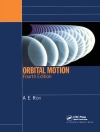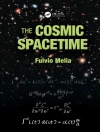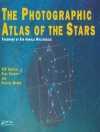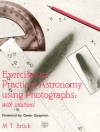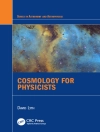Explorer was the original American space program and
Explorer 1 its first satellite, launched in 1958. Sixty years later, it is the longest continuously running space program in the world, demonstrating to the world how we can explore the cosmos with small spacecraft. Almost a hundred Explorers have already been launched.
Explorers have made some of the fundamental discoveries of the Space Age.
Explorer 1 discovered Earth’s radiation belts. Later Explorers surveyed the Sun, the X-ray and ultraviolet universes, black holes, magnetars and gamma ray bursts. An Explorer found the remnant of the Big Bang. One Explorer chased and was the first to intercept a comet.
The program went through a period of few launches during the crisis of funding for space science in the 1980s. However, with the era of ‘faster, cheaper, better, ’ the program was reinvented, and new exiting missions began to take shape, like Swift and the asteroid hunter WISE.
Discovering the Cosmos with Small Spacecraft gives an account of each mission and its discoveries. It breaks down the program into its main periods of activity and examines the politics and debate on the role of small spacecraft in space science. It introduces the launchers (Juno, Thor, etc.), the launch centers, the ground centers and key personalities like James Van Allen who helped develop and run the spacecraft’s exciting programs.
قائمة المحتويات
Acknowledgements.- Dedication.- About the Author.- List of Tables.- Author’s Introduction.- Chapter 1: Foundations.- Chapter 2: Early Explorers.- Chapter 3: Explorer and the crisis in space science.- Chapter 4: Faster, better, cheaper?.- Chapter 5: Future missions and conclusions.- Bibliographical note.- Appendix 1: List of Explorer missions.- Index.
عن المؤلف
Brian Harvey is a writer and broadcaster on spaceflight, with his first articles dating back to the early 1970s. He has written for
Spaceflight,
Orbit,
Astronomy & Space,
Hibernia,
Quest,
Astronomy Now and the
Irish Independent. He has broadcast on the BBC World Service and contributed to television programs in Denmark (closed life support systems) and Australia (Japanese space program). His first book was
Race into Space (Ellis Horwood, 1988), a history of the Soviet space program. This was followed by other books for Praxis on the Russian space program, including the most recent
Russian Space Probes, coauthored by Olga Zakutnyaya.
Harvey has written three histories of the Chinese space program, with one currently awaiting publication, and has also written histories of the European, Japanese and Indian space programs. He contributed a chapter to Dominic Phelan’s
Space Sleuths book, and most recently, a chapter on the Cosmos 5 mission was published in the Yuri Galperin 80 years memorial volume by the Academy of Sciences in Moscow.


